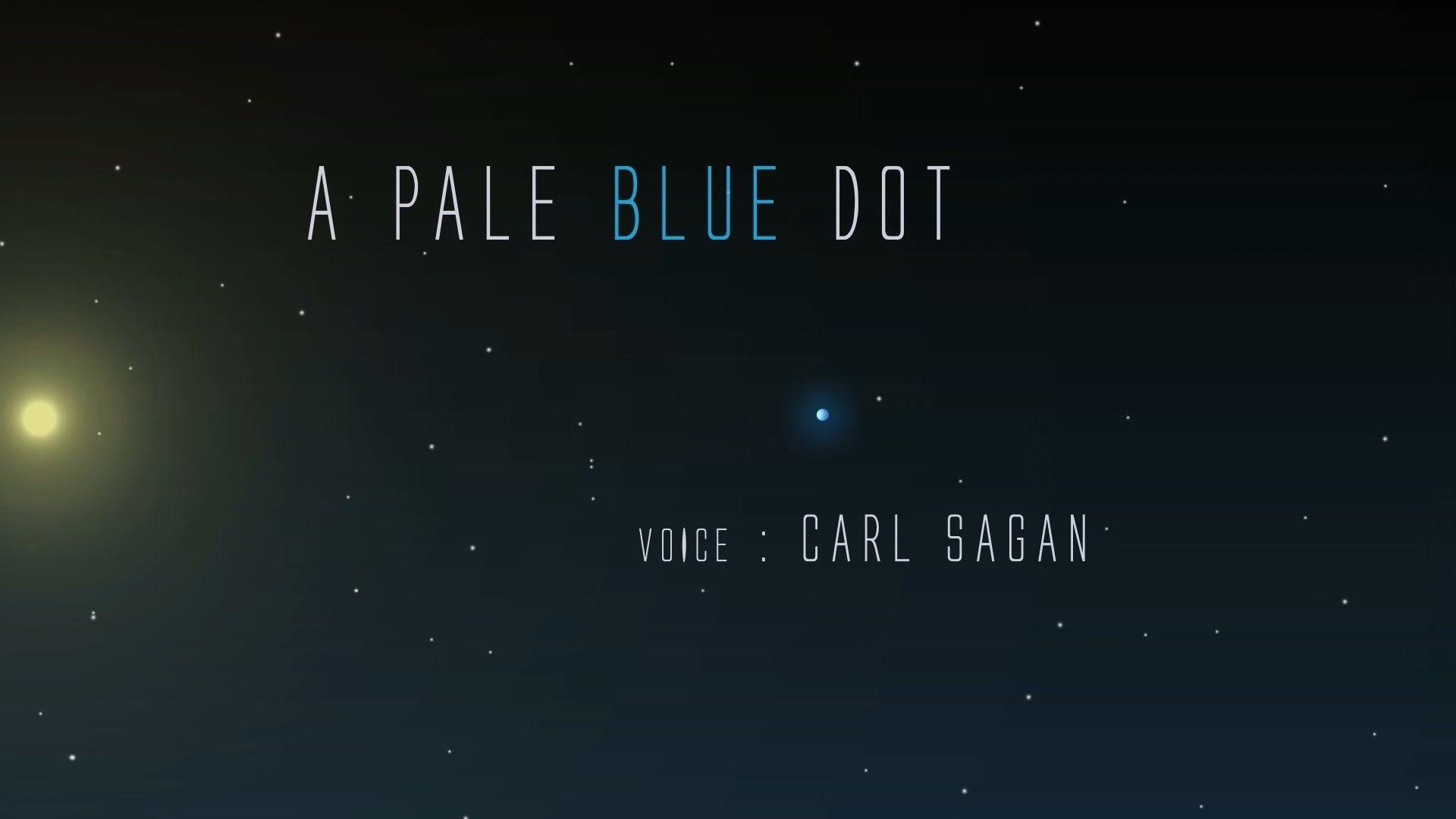

The background features in the image are artifacts resulting from the magnification. This narrow-angle color image of the Earth, dubbed 'Pale Blue Dot,' is a part of the first ever 'portrait' of the solar system taken by Voyager 1. This blown-up image of the Earth was taken through three color filters - violet, blue and green - and recombined to produce the color image. Coincidentally, Earth lies right in the center of one of the scattered light rays resulting from taking the image so close to the sun. Earth was a crescent only 0.12 pixel in size. In Pale Blue Dot Sagan traces the spellbinding history of our launch into the cosmos and assesses the future that looms before us as we move out into our. From Voyager's great distance Earth is a mere point of light, less than the size of a picture element even in the narrow-angle camera. The spacecraft also captured views of Venus, Jupiter, Saturn, Uranus, and Neptune. Earth was not the only world Voyager 1 imaged. The spacecraft acquired a total of 60 frames for a mosaic of the solar system from a distance of more than 4 billion miles from Earth and about 32 degrees above the ecliptic. Carl Sagan Unveils the Pale Blue Dot Carl Sagan, Planetary Society co-founder, unveils the Pale Blue Dot image at a press conference on the Voyager missions in 1990. This narrow-angle color image of the Earth, dubbed 'Pale Blue Dot', is a part of the first ever 'portrait' of the solar system taken by Voyager 1. The original version of this image can be obtained from NASA. Pale Blue Dot: A Vision of the Human Future in Space Paperback Septemby Carl Sagan (Author) 2,280 ratings See all formats and editions Kindle 15. The Earth is the relatively bright speck of light about halfway across the uppermost sunbeam. English: This is the " Pale Blue Dot" photograph of the Earth taken by the Voyager 1 spacecraft on February 14, 1990.


 0 kommentar(er)
0 kommentar(er)
